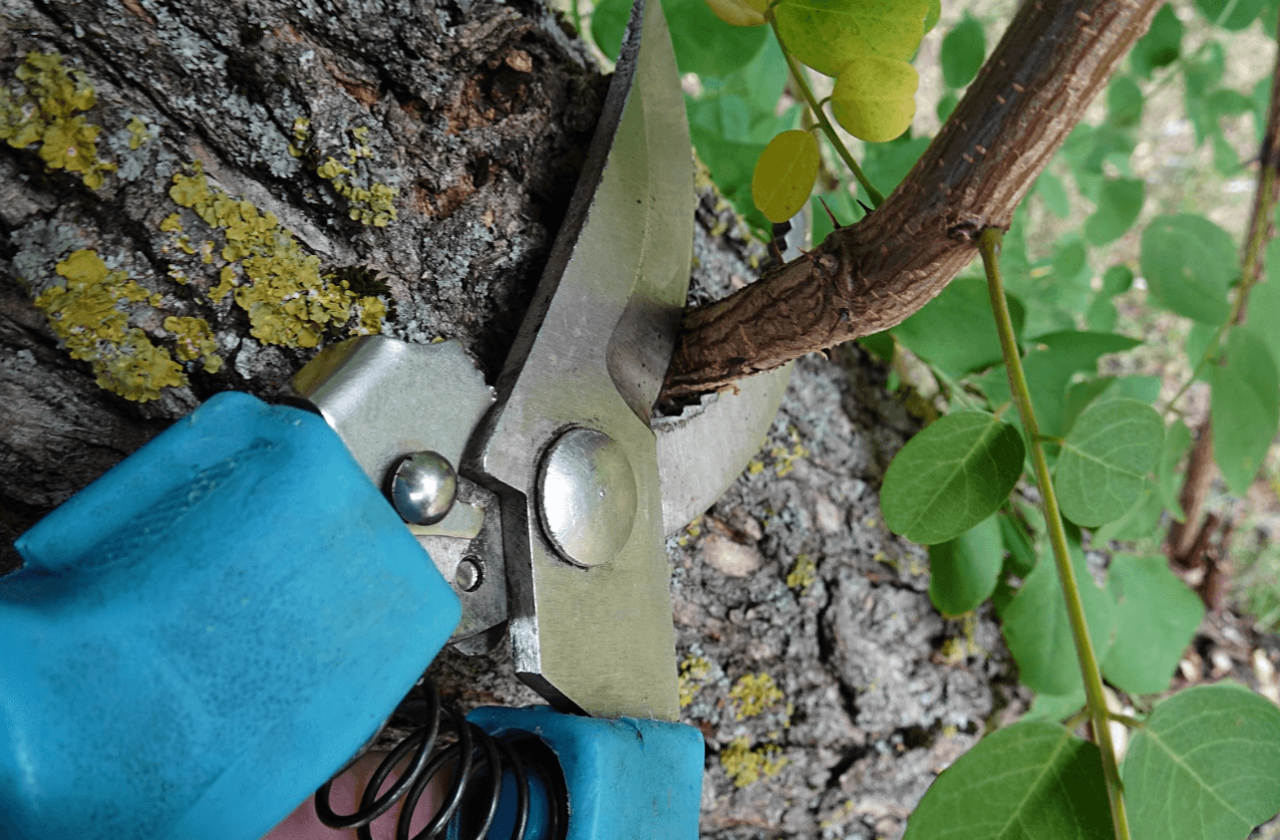How to Sharpen Secateurs

Looking after the vital tools that you need to create a wonderful garden is crucial to success. Many of us dive into the task of maintenance over Winter when the growing season is quieter. Looking after your secateurs is important to keep you snipping to success which is why we’re going to discuss how to sharpen secateurs in this blog, to ensure you’re keeping your plants healthy when trimming.
The importance of sharpening your secateurs
You might not think that a simple act such as cutting with dull, unloved secateurs, can have too much of an impact – but it really does. When secateurs are sharp, they can easily and cleanly cut through branches and stems without crushing or tearing the plant tissue. This is important because crushing or tearing the tissue can lead to pests, diseases, and even death in plants
Crushing or tearing the tissue can create openings in the plant that pests can exploit. For example, if you use dull secateurs to cut a branch, the blade may crush the tissue rather than cleanly cutting through it. This can create an opening that pests can use to enter the plant and cause damage. In addition, crushing or tearing the tissue can also create an environment that is conducive to the growth of bacteria and fungi, which can lead to diseases.
On the other hand, when you use sharp secateurs, the blade can cleanly cut through the tissue, minimizing the chances of pests and diseases. This is especially important when pruning diseased or damaged branches, as it can help to prevent the spread of the disease or damage to other parts of the plant.
Steps to sharpening a pair of secateurs
It might seem daunting at first to sharpen your secateurs, especially if you’re the kind of person who hasn’t looked after them in the past (we’re guilty). But with a little patience and practice, it’s a task that you can easily do at home, just like sharpening your kitchen knives. Here’s how to sharpen your secateurs in a few simple steps:
What you will need to sharpen secateurs.
To sharpen your secateurs, you’ll need:
- Sharpening stone or file
- Cloth or towel
- Some oil (vegetable oil will do the trick)
- Gloves to protect your hands

Clean the secateurs
Before you begin sharpening, it’s important to clean your secateurs to remove any dirt or debris that may be stuck in the blade. You can do this with a cloth or towel and some water.
Sharpen the blade
Using a sharpening stone or file, carefully run the blade back and forth across the stone or file in a smooth, even motion. Make sure to use light pressure to avoid damaging the blade. You’ll want to sharpen the blade on both sides, as well as the tip.
Check the blade
Once you’ve finished sharpening, use a cloth or towel to wipe away any excess oil or debris from the blade. Then, test the blade by cutting through a piece of paper or a small branch. If the blade is sharp, it should easily cut through the material without any resistance. If it doesn’t, continue to sharpen the blade until it’s sharp.
Oil the blade
After sharpening, it’s important to oil the blade to prevent rust and to keep it in good condition, this also helps movement – we all know what it’s like to pick up the secateurs only to find them seized up! You can use any type of oil, such as mineral oil or vegetable oil, to do this. Simply apply a small amount of oil to the blade and wipe it off with a cloth or towel.
Conclusion
In conclusion, sharpening your secateurs is an important task that will help you keep your plants healthy and your garden looking its best. With a little practice, you can easily sharpen your secateurs at home using a sharpening stone or file, cloth or towel, and some oil. Don’t forget to clean and oil the blade after sharpening to keep it in good condition.






